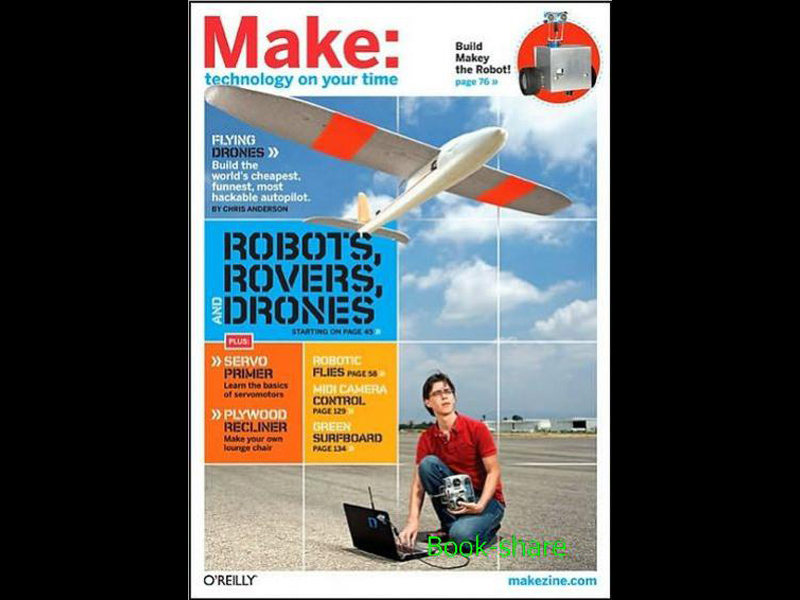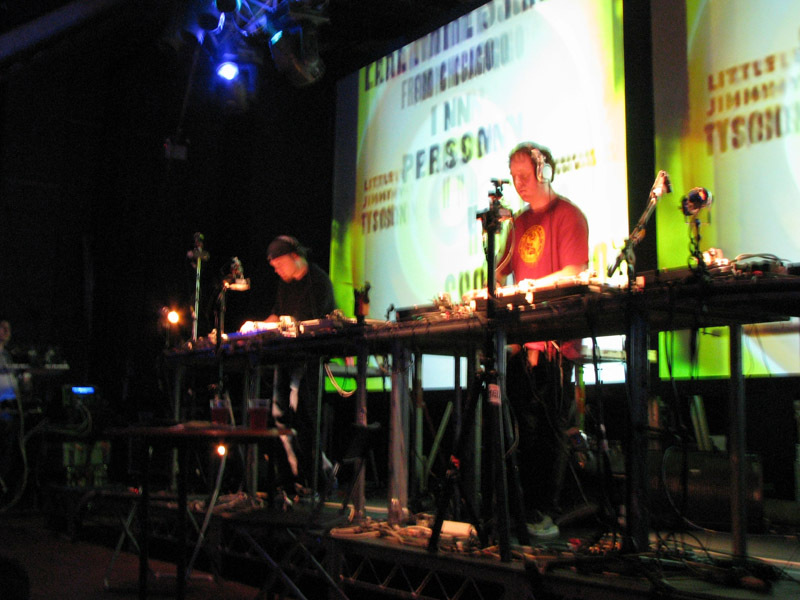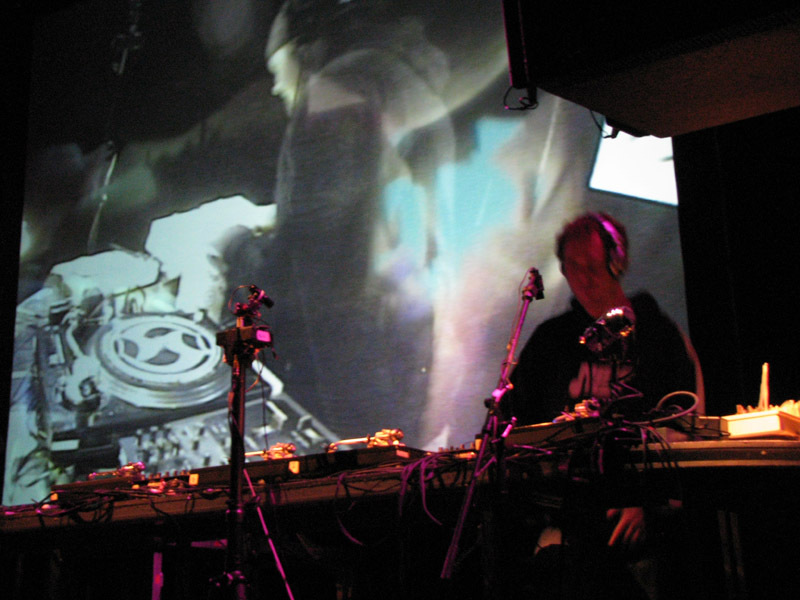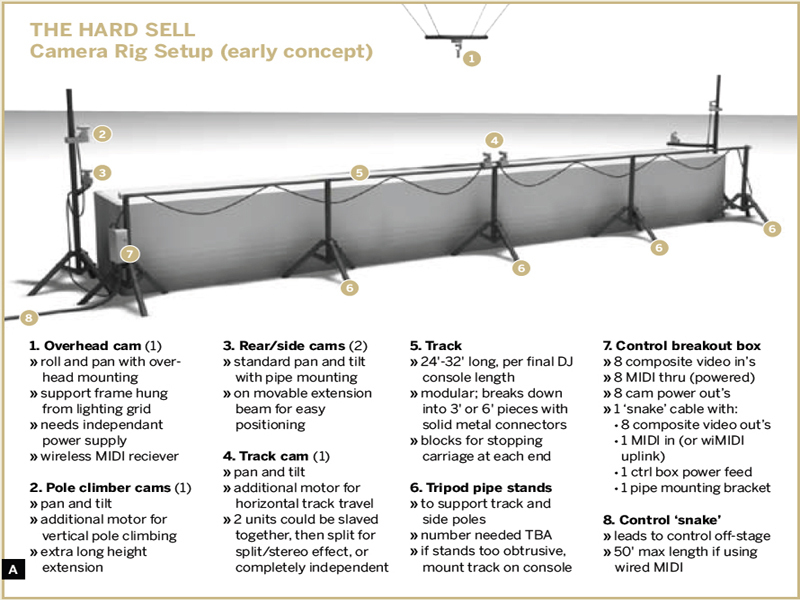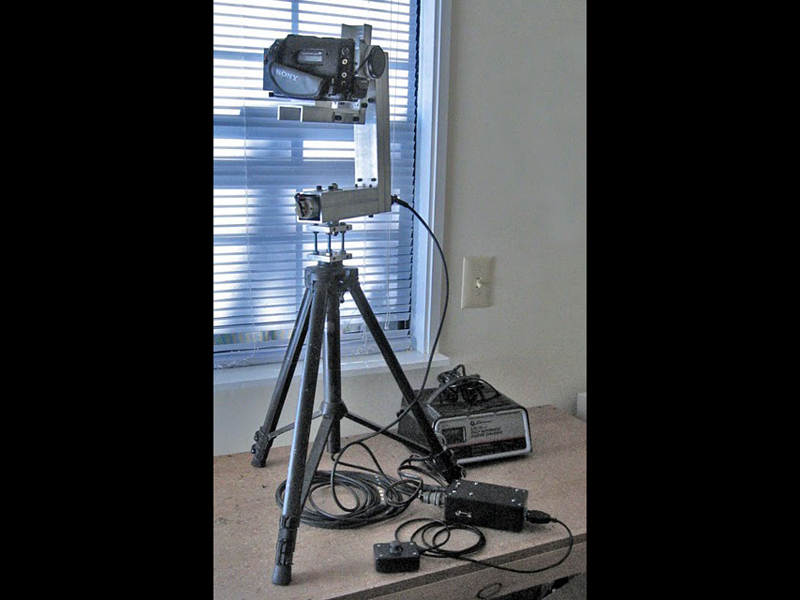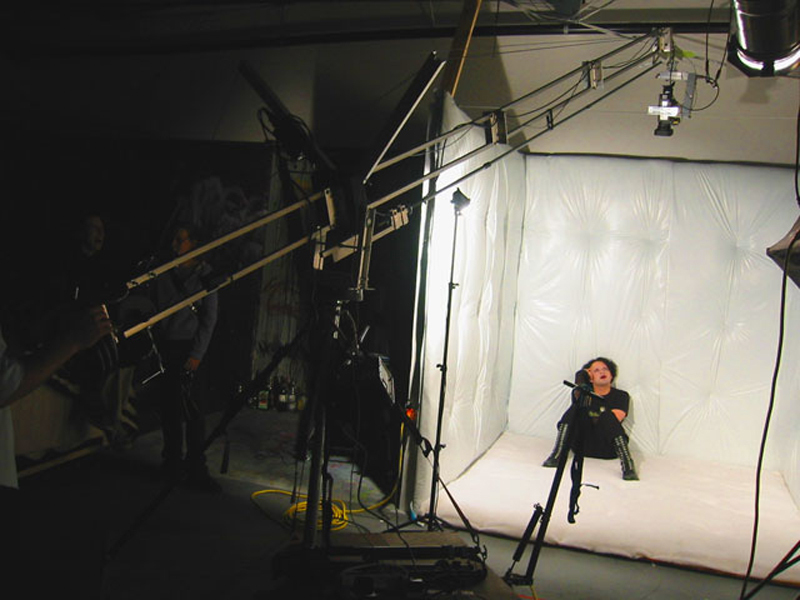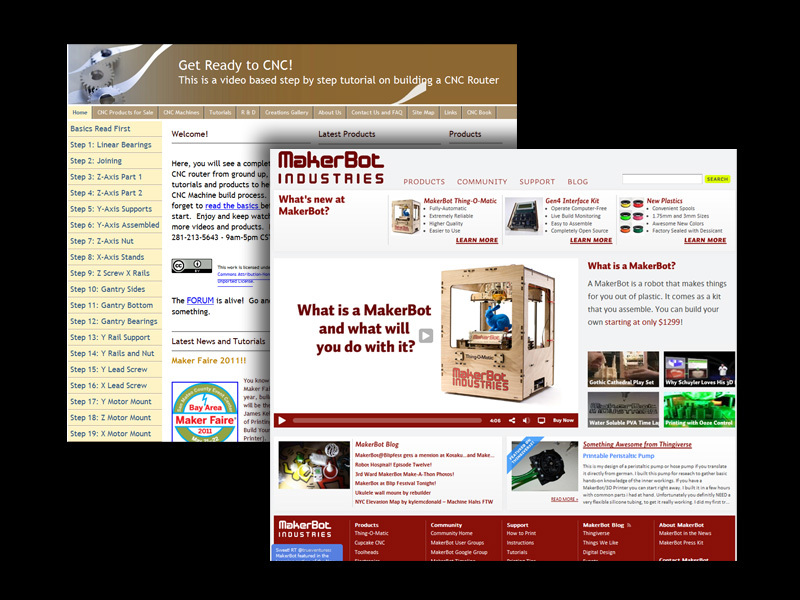This is mostly an overview of prototypes i’ve come up with and the techniques and sources i used to build them. I’ll try and give as many details as i can so that others who are interested can use some of the same resource for similar projects.
Projects from Make: Magazine
Automated Camera Rigs for DJ/VJ Performance
This is a short show and tell of some of the various motion control camera rigs i've designed and built out of off the shelf parts and hardware store materials. They are designed to automate interesting camera movements to create unique footage during liv
